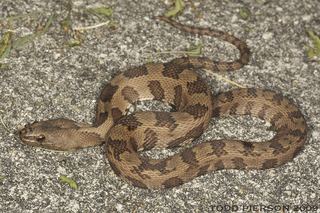Subphylum Vertebrata Suborder Serpentes Rank Species | Phylum Chordata Higher classification Nerodia | |
Similar Snake, Nerodia, Banded water snake, Reptile, Green water snake | ||
Catch and release of a brown water snake
The brown water snake (Nerodia taxispilota) is a large species of nonvenomous natricine snake endemic to the southeastern United States.
Contents
- Catch and release of a brown water snake
- Swamp girl adventures brown water snake
- Common Names
- Geographic Range
- Description
- Habitat
- Reproduction
- Original publication
- References
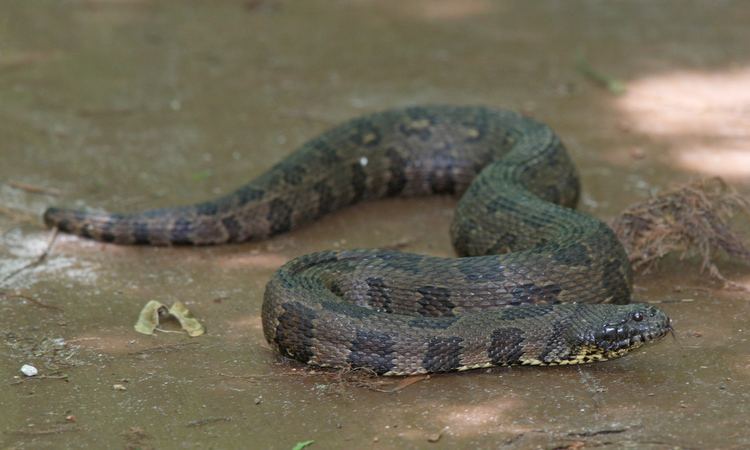
Lycodonomorphus rufulus is sometimes also called the brown water snake, but L. rufulus is found in South Africa.
Swamp girl adventures brown water snake
Common Names
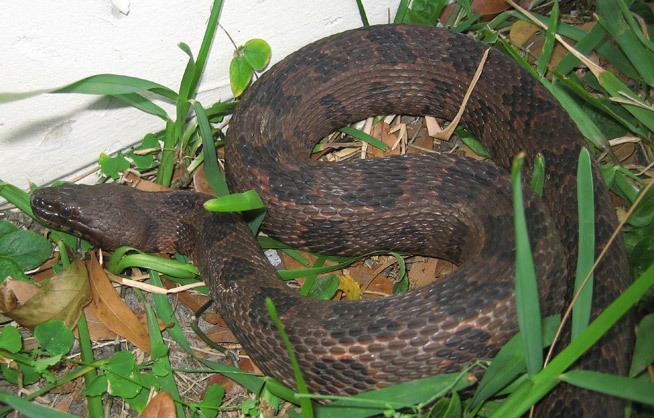
Brown water snake, water-pilot, aspic, false moccasin, great water snake, pied water snake, southern water snake, water rattle, water rattler.
Geographic Range
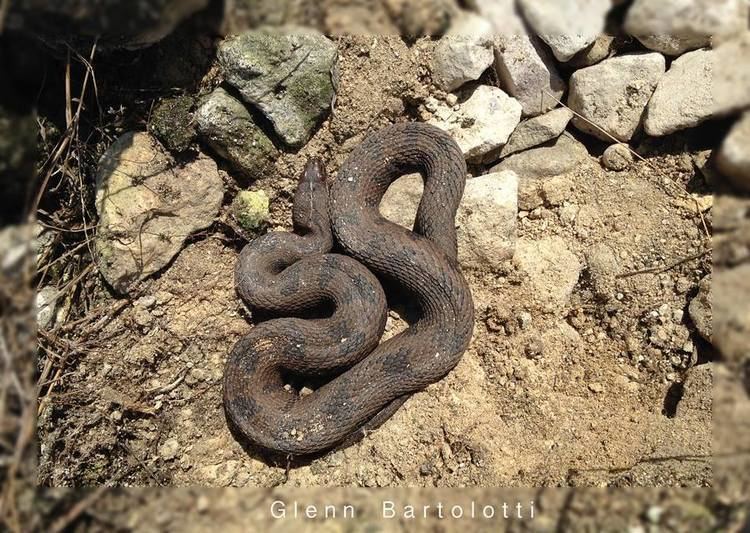
Nerodia taxispilota is found in lower coastal regions from southeastern Virginia, through North Carolina, South Carolina, and Georgia, to northern and western Florida (Gulf Coast), then west through Missouri, Alabama and Mississippi, to Louisiana, normally from sea level to 500 ft. (150 m) elevation.
Description
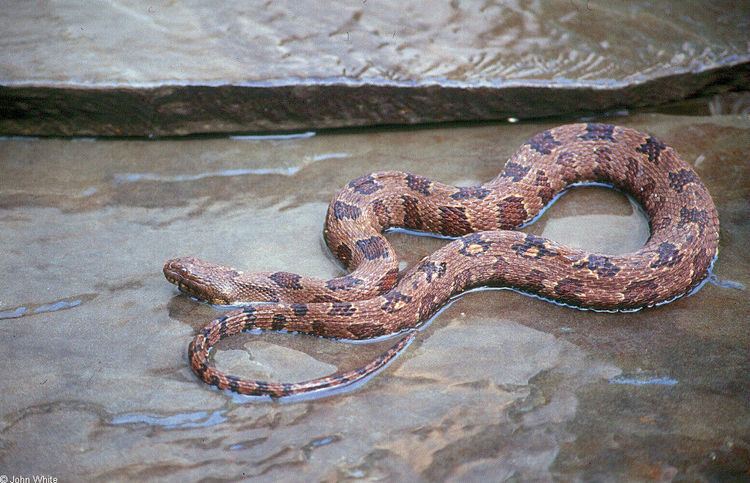
The brown water snake is very heavy-bodied, and its neck is distinctly narrower than its head. Dorsally it is brown or rusty brown with a row of about 25 black or dark brown square blotches down its back. Smaller similar blotches alternate on the sides. Ventrally it is yellow heavily marked with black or dark brown. Dorsal scales are in 27-33 rows (more than any other North American water snake), and it has 2-4 anterior temporals (usually 1 in others). Adults measure 30-60 in. (76–152 cm) in total length; record 69 in. (175 cm).
Habitat
Nerodia taxispilota is found in swamps and streams and is often mistaken for a venomous snake.
Reproduction
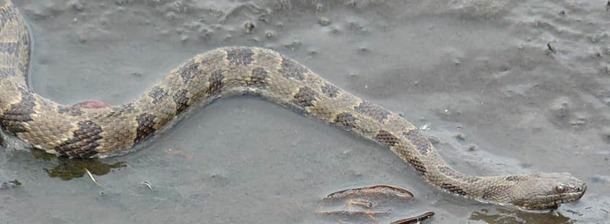
Nerodia taxispilota is ovoviviparous. Mating takes place in the spring on land or on tree branches. On average adult females are larger than adult males. The young are born alive, usually in August, in broods of 14-58, more commonly 30-40. The newborns are 7-10¾ in. (18–27 cm) long, with males longer than females, opposite of adults.
Original publication
